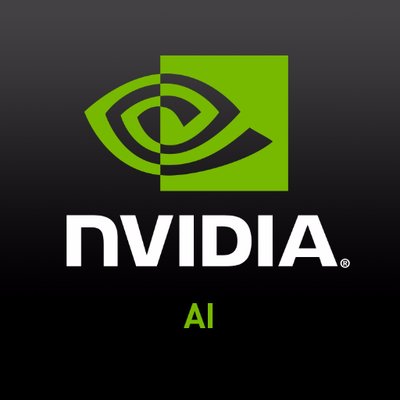NVIDIA Applied Deep Learning Research
We research new ways of using deep learning to solve problems at NVIDIA.
Our work presently focuses on four main application areas, as well as systems research:
- Graphics and Vision. AI is transforming computer graphics, giving us new ways of creating, editing, and rendering virtual environments. Today’s GPUs are fast enough to run neural networks on high-resolution inputs, giving us new possibilities to make real-time graphics more beautiful and more interactive. Vision and graphics go hand in hand - better analysis leads to better generation, and better generation can improve analysis.
- Speech & Audio. We’re especially interested in generative models for speech and audio synthesis.
- Natural Language Processing. Like many other groups, we’re excited about large-scale language modeling and transfer learning to various NLP tasks such as sentiment analysis and emotion classification.
- Chip Design. As Moore’s law slows, the process of designing and verifying chips becomes more expensive and also more important. We think AI has a role to play in improving the productivity of the chip design process and the quality of the resulting designs.
- Systems for Deep Learning. Training and deploying large models requires significant computational capacity. Making the training process faster allows us to train on larger datasets, thereby increasing accuracy. Making deployment procedures more efficient allows us to deploy larger, more accurate models.
